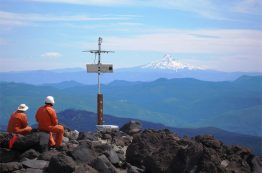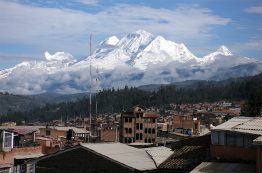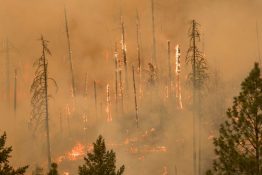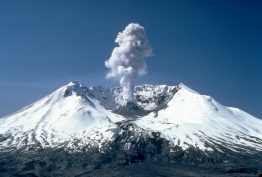After years in development, an earthquake early warning system known as ShakeAlert is on the cusp of being released in Oregon and Washington. The system that spans the West Coast was launched in California in late 2019. It launches to the public in Oregon on March 11, the 10th anniversary of the Tohoku earthquake and tsunami, and in Washington in May.
Read more at UW News »Global warming found to be culprit for flood risk in Peruvian Andes, other glacial lakes
As the planet warms, glaciers are retreating and causing changes in the world’s mountain water systems. For the first time, scientists at the University of Oxford and the University of Washington have directly linked human-induced climate change to the risk of flooding from a glacial lake known as one of the world’s greatest flood risks. The study examined the case of Lake Palcacocha in the Peruvian Andes, which could cause flooding with devastating consequences for 120,000 residents in the city of Huaraz.
Read more at UW News »Big ships and underwater robots: heading out to sea with the Ocean Observatories Initiative
It’s summertime, and that means scientists across the University of Washington College of the Environment are in the field collecting data. Researchers in the School of Oceanography are no different and are working off the Oregon coast on their annual expedition to maintain the long-running cabled ocean observatory. Part of the broader National Science Foundation’s Ocean Observatories Initiative (OOI), UW oversees the Regional Cabled Observatory that spans several sites in Pacific Northwest waters, ranging from shallow coastal locales to deeper waters in the open ocean more than 300 miles offshore.
Read more »Expert FAQ: Wildfires in the Pacific Northwest during the COVID-19 pandemic
Forest fires are one of nature’s oldest land management tools. For more than 10,000 years, Indigenous people in the Pacific Northwest have harnessed the power of fire to control the threat of destructive wildfires and encourage new growth across landscapes. In recent centuries, as the number of people living in forested areas has increased and large amounts of fuel have built up over years of suppression, large seasonal wildfires are becoming more common.
Read more at UW News »Then and Now: The Mount St. Helens Eruption, four decades later
It wasn’t supposed to be Mount St. Helens. In the 1970s, scientists including Emeritus Research Professor Steve Malone (then a postdoctoral researcher at UW) investigated what they believed to be earthquakes on Mount Rainier. Further work determined they were “glacier quakes” instead: As glaciers on a mountain shift, the energy created mimics an earthquake. Then in 1975, Mount Baker began to steam.
Read more »





